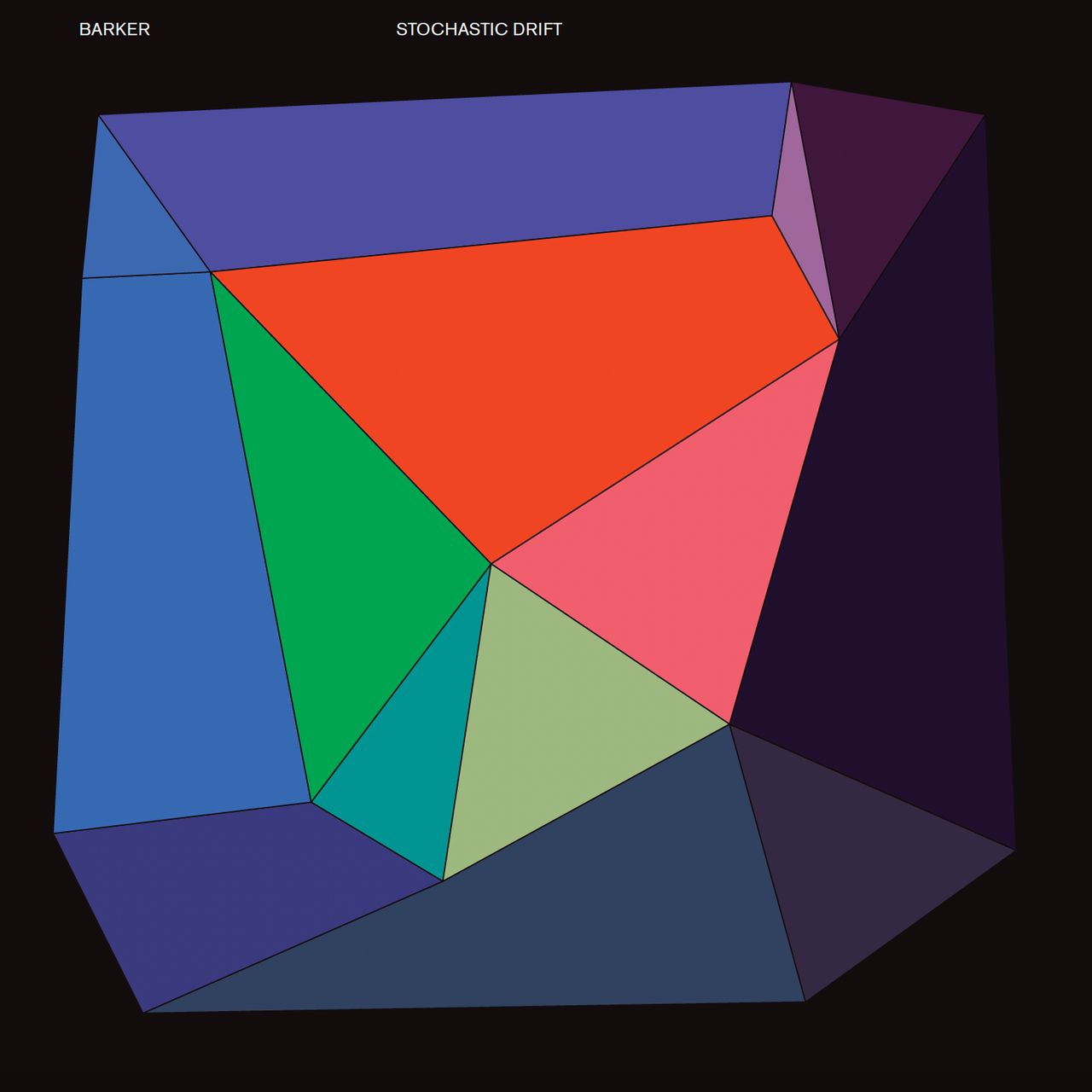Like a feather in the wind or the global stock market, all of us are subject to stochastic drift. Originating in advanced statistics, the term refers to the way in which randomness works upon a system, how the trajectory of a line sways as it’s affected by unanticipated events. For Sam Barker, the metaphor of a winding path has been meaningful in recent years.
After an extended period as a label runner and concert booker, the Berlin-based musician entered the spotlight with 2018’s Debiasing EP and 2019’s Utility, two records that articulated a weightless, kick-drumless vision of techno. What should have been a dizzying ascent was cut short by the pandemic: tour cancelled, label shuttered, and hard-won contacts with booking agents broken off. At his lowest moment, the artist filled out paperwork at a job center and weighed leaving the music industry behind. “It was quite remarkable how the rug could be pulled from everything in such an all-encompassing way,” he reflected in an interview with Tone Glow. “This made it quite hard to engage in a rule-based or goal-based approach because it seemed like every goal was changing from one week to the next.”
Barker’s second LP, Stochastic Drift, is both a synthesis of his wilderness years and a thrilling inflection point. In a field of brilliant ambient techno producers, he’s delivered his most dazzling and definitive statement to date. The strict parameters that guided his early records’ zero-gravity rush have dissolved into freeform experimentation, allowing his tracks to billow and burst as the mood demands. Across the album, Barker blurs analog and mechanized instruments into gauzy clouds, jazzy ambiance, and elegant percussion. He navigates extremes, toggling between aural chaos and hyper-mediated technology by harnessing randomness for all its power.
On early solo releases, Barker committed himself to restricting his own talent with an intensity that would make Brian Eno blush. In interviews, he could occasionally sound like a level-headed startup founder, phrasing his ideas in terms of inputs and outputs and making a cool yet impassioned case for techno disruption. The difference was that Barker was concerned with scrambling expectations rather than optimizing outcomes. Taking inspiration from engineering, probability theory, and social psychology (and titling most tracks after related concepts), he set applied sciences to a dancefloor pulse. The continually cresting trance of “Hedonic Treadmill” or “When Prophecy Fails” was a product of limitation, ingeniously making up for the tracks’ lack of thump with pillowy texture, glassy melodies, and ceaseless forward motion.
